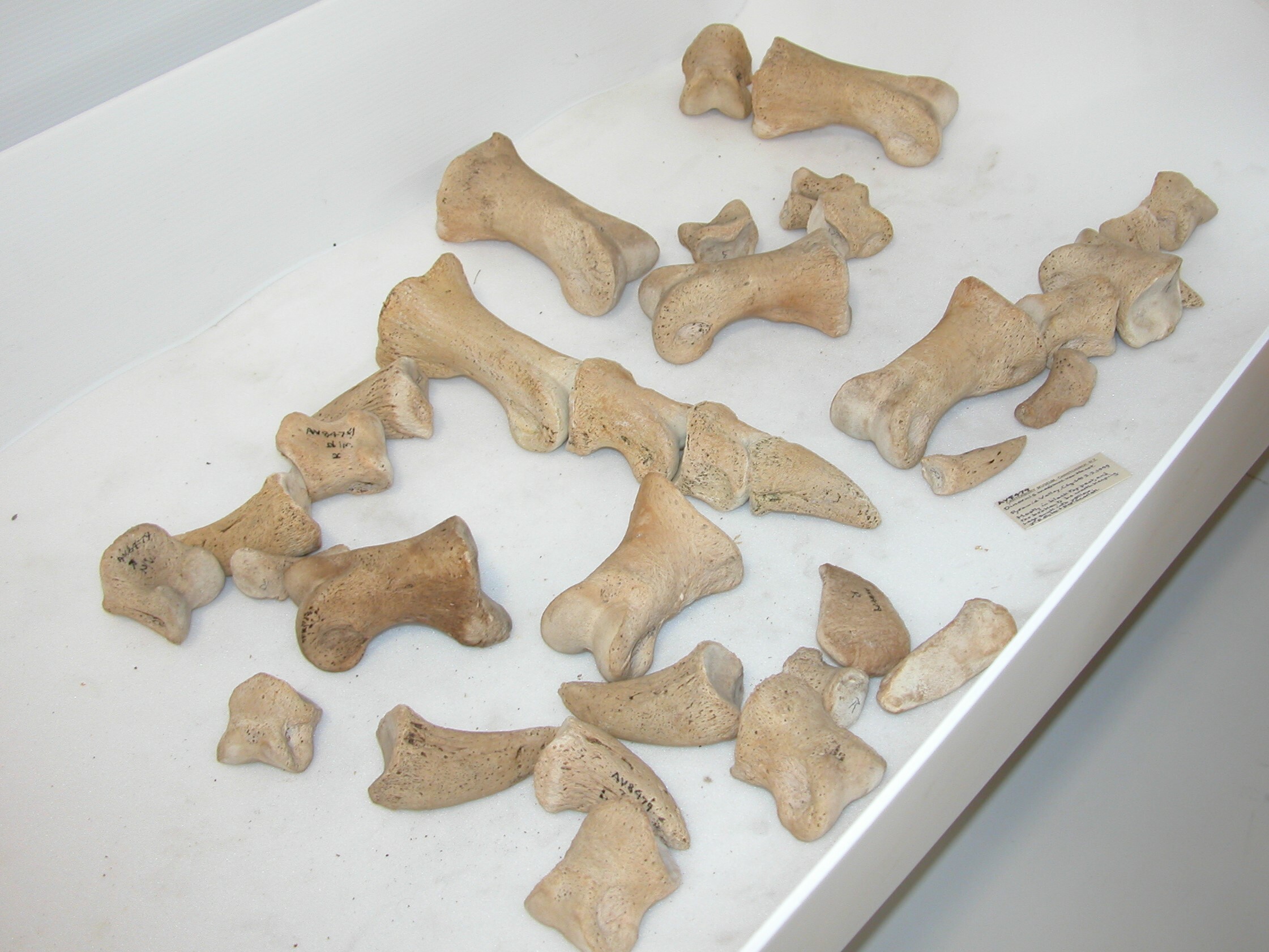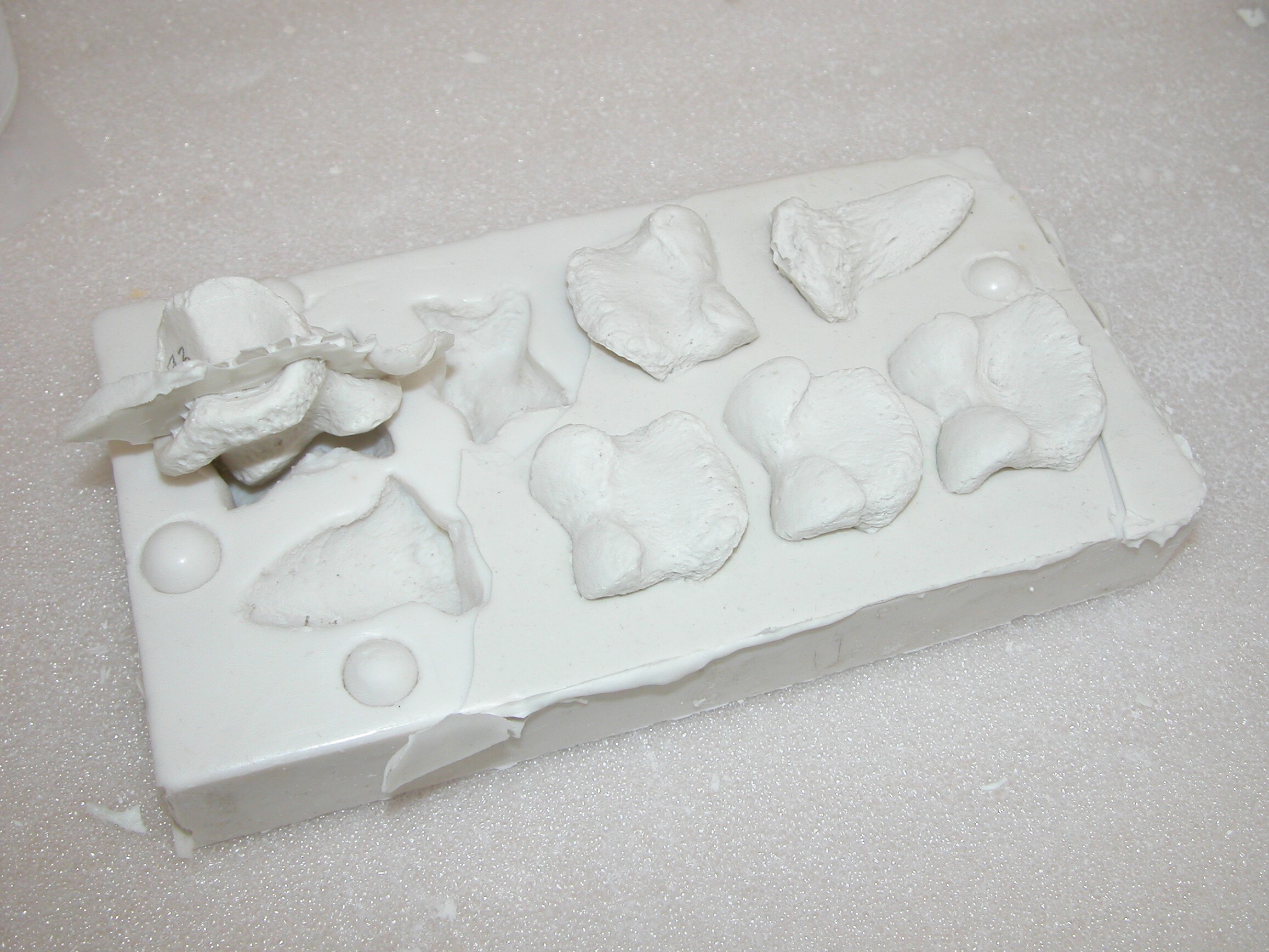Canterbury Museum’s founder, Sir Julius von Haast, was known for exchanging locally-found moa bones for other desirable objects to grow the Museum's collection.

The bones were found in their thousands and the extinct giant birds were of great interest to overseas museums. They provided a form of currency that Haast spent with gusto, resulting in a diverse collection of objects from many parts of the world.
Once a common occurrence, the exchange of objects between museums rarely happens now. However, there are other ways of sharing collection objects like moa bones. In 2005, the Museum’s Exhibitions Team was tasked with creating a replica articulated skeleton of a South Island Giant Moa for the Royal Ontario Museum in Canada.
Fortunately for the team, it wasn’t the first time this had been requested – an imitation skeleton had been made previously for a museum in Japan using moulds taken from a skeleton in the collection. Creating moulds from an original object is a tricky job, with damage to the object a considerable risk. Having the silicon and plaster moulds already made was a bonus for the 2005 team.
Casts were made using polyester resin, then skilfully painted to mimic the colouring of the original moa bones. The imitation bones were so good that when laid alongside real moa bones, the Museum’s Senior Natural History Curator struggled to identify them.

The moulds are still at the Museum. There are 96 in total, representing all the major bones in the skeleton. Each individual bone mould is numbered so that when the skeleton is eventually assembled on a wire framework, the cast bones will be in the correct order (phalanges or toe bones in particular can look remarkably alike!).
It is unlikely that the moulds will be used again. New technology like 3D scanning and printing is a much easier and less invasive way of creating copies of objects. The real moa skeleton the moulds were originally taken from is still at the Museum and can be easily seen – it is the largest of the articulated moa skeletons in the Foyer display case.





